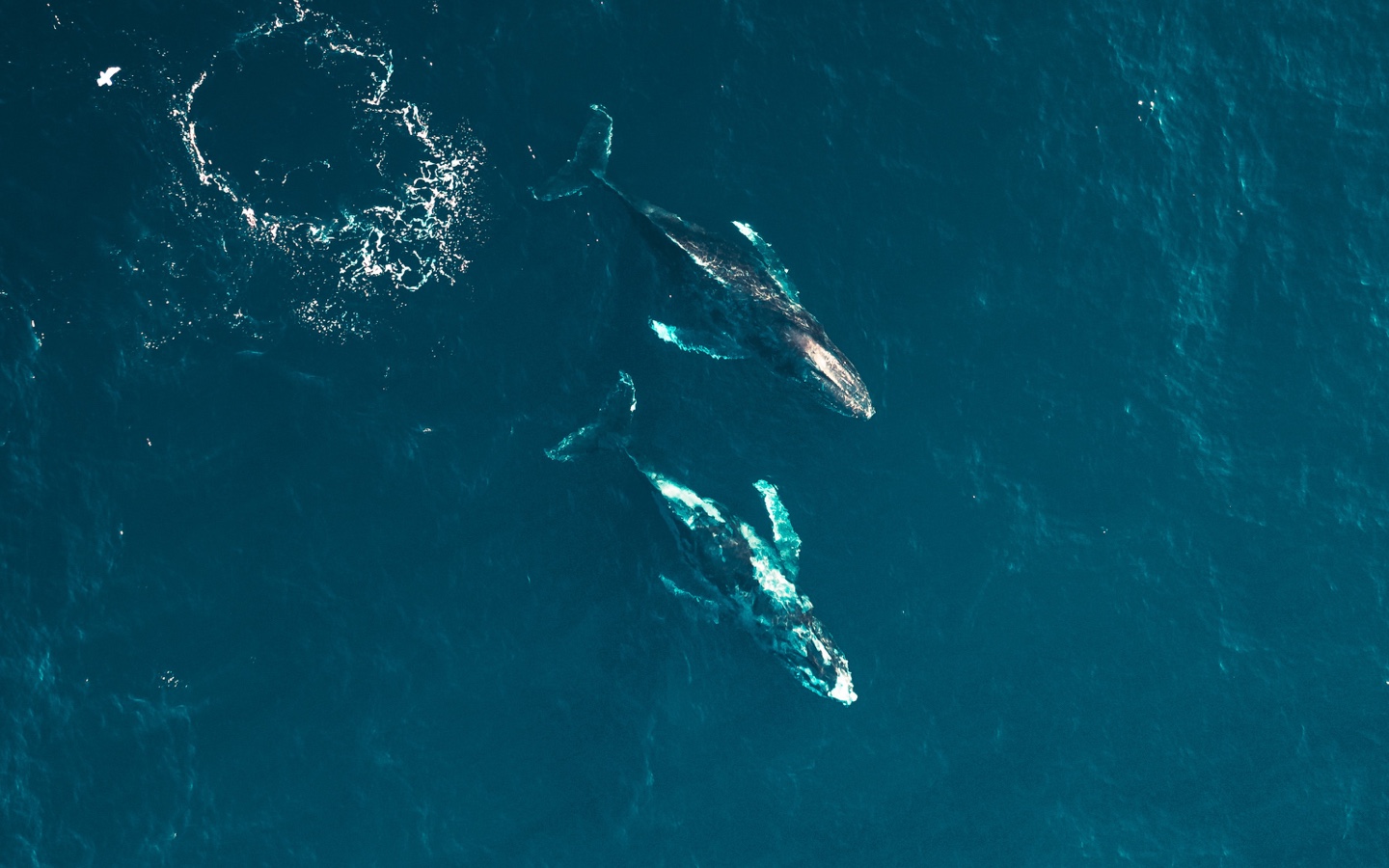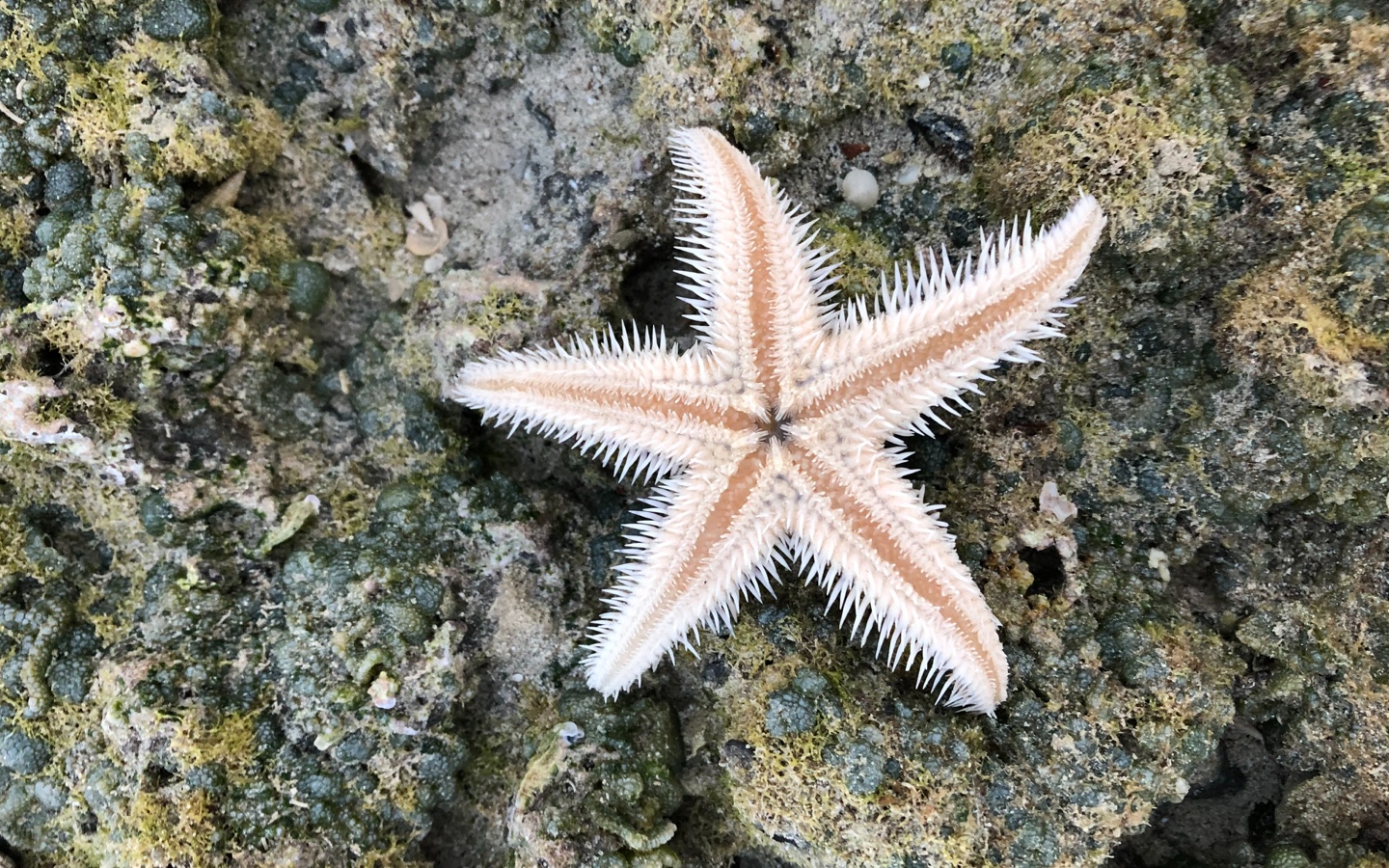Climate change is leading to ocean warming and acidification, resulting in dangerous sea-level rise, declining marine populations, and damaged ecosystems.
As climate change worsens, temperatures are rising, biodiversity is declining, forests and other natural wonders are being lost, and ecosystem dynamics are being thrown into disarray. And, although it may not be as apparent, a similar story is happening under the water that covers more than 70 percent of the Earth. In fact, it’s because of the ocean that things aren’t worse on land.
The ocean traps more than 90 percent of the excess heat from greenhouse gas emissions. As a result, global sea surface temperature has been increasing by 0.13 degrees Celsius a decade for the past 100 years, according to the NOAA.
A warming ocean is having devastating environmental consequences, the most well known being accelerated sea-level rise due to melting ice and pure physics — water expands as it warms. The world’s oceans reached record temperatures in 2020, and scientists found that it was heating faster than any time in the last 2,000 years.
Marine heatwaves of unusually warm water — which cause coral reef bleaching and kill marine animals, birds, and plant life — have also doubled in frequency since the 1980s. The worst of these was known as “the blob.” The mass of warm water spread throughout the Pacific Ocean in the Northwest from 2013 to 2016 and contributed to a marked decline in the Chinook salmon population, the deaths of an estimated one million seabirds in the Gulf of Alaska, and the starvation of hundreds of sea lions on the California coastline.

Read more: 10 Ways to Help Save Our Oceans
Changing chemistry is another significant climate change-driven issue plaguing the ocean. Warmer oceans hold less soluble oxygen. Meanwhile, they’re absorbing excess carbon dioxide emissions. Those higher carbon dioxide levels lead to chemical reactions that lower seawater’s pH level, resulting in ocean acidification. The average ocean pH was 8.2 before the Industrial Revolution — it’s now 8.1. That may not seem like a big jump, but even a one-unit decrease in pH is associated with a tenfold increase in acidity.
Rising acidity levels negatively impact marine life in a variety of ways, one of the most noteworthy being the decline in the number of carbonate ions available in seawater. Animals rely on these vital ions to build their shells or skeletons, and as a result of resource depletion, some species are slowing or stopping the growth of important protective and structural systems. More acidic seawater also corrodes animals’ shells more quickly. This affects a huge range of marine life, like clams, oysters, corals, starfish, and sea urchins. A report from the Intergovernmental Panel on Climate Change warned that with a 1.5 degree Celsius rise in global temperature, coral reefs would decline by 70 to 90 percent, and by more than 99 percent if the planet warms by 2 degrees Celsius.
On a broader level, researchers from the University of Tsukuba found that warming and acidification led to the “simplification” of ocean ecosystems as they lost kelp forests and coral reefs. That loss is already affecting all aspects of ecosystem function, down to phytoplankton and bacteria, which play an important role in carrying nutrients throughout an environment.

Read more: How Plastic Oceans International Inspired Me to Help Save Our Seas
The good news is scientists around the world have been seeking more creative ways to mitigate the dire effects that acidification will have on sea life. A study in April found that seagrass forests help raise pH balances in coastal waters. In Washington State, scientists are working to bring back sunflower sea stars that were killed off by a sea star wasting disease worsened by climate change — they’d been a key part in managing the populations of sea urchins that can devastate kelp forests when not kept in check by predators. And in perhaps the most unusual effort to combat ocean acidification, scientists at the University of California are developing a method to chemically convert carbon dioxide in seawater to rock so that it can be removed from the ocean.
But of course, much more sweeping action is required to turn things around. A 2021 United Nations report warned that the changing health of the world’s oceans due to warming and acidification will have wide-reaching effects on what we eat and where we live unless we take drastic actions to reduce greenhouse gas emissions. And as Tosi Mpanu-Mpanu, chair of the UNFCCC Subsidiary Body for Scientific and Technological Advice, wrote of the report, “For too long the ocean has been out of sight, out of mind, and largely absent from global policy conversations on climate change. But the tide is turning.”
Have feedback on this story? Let us know what you think by sending an email to [email protected].

Shop Pillows
The Essential Organic Pillow Collection
Gentle, breathable, non-toxic support.




